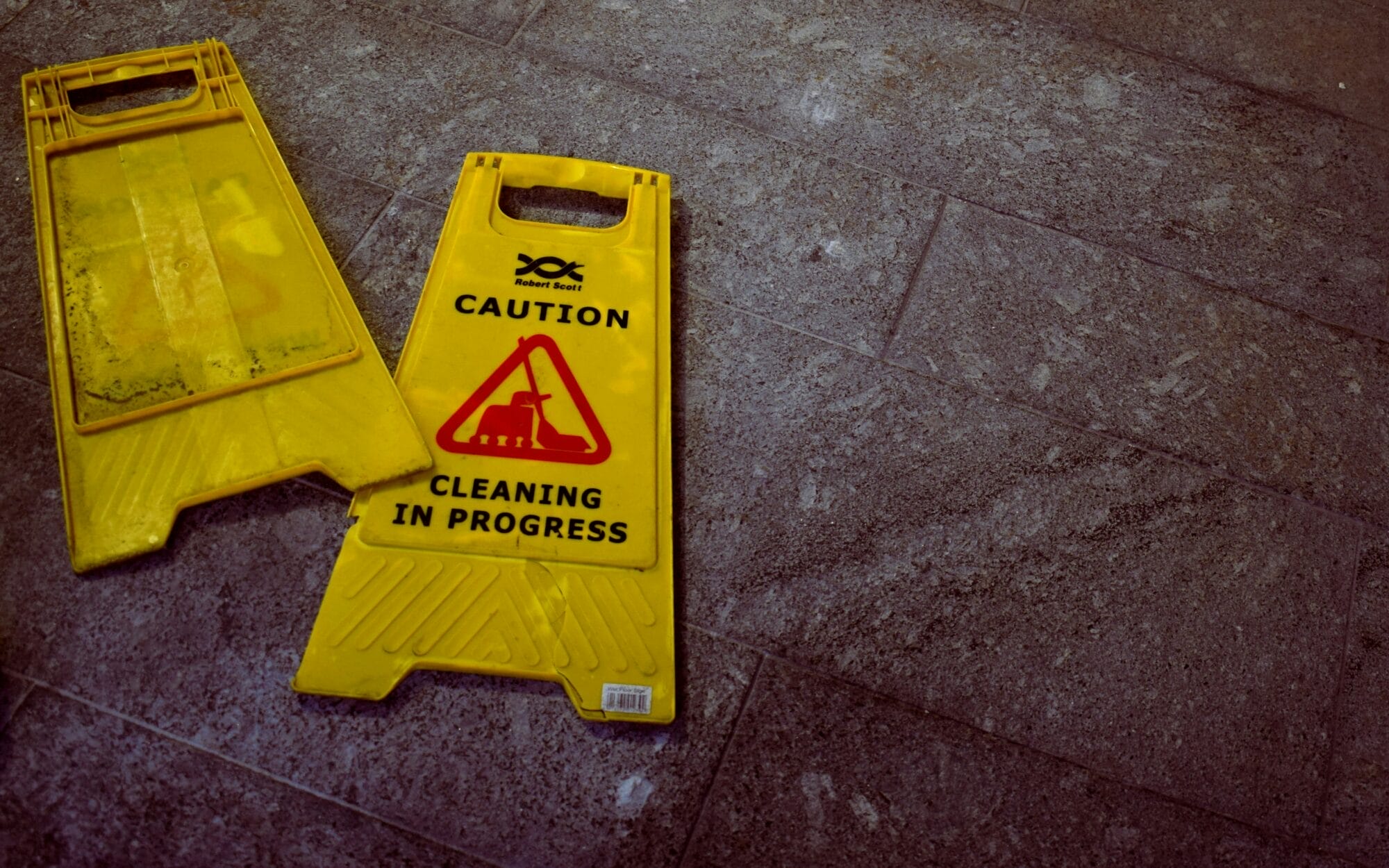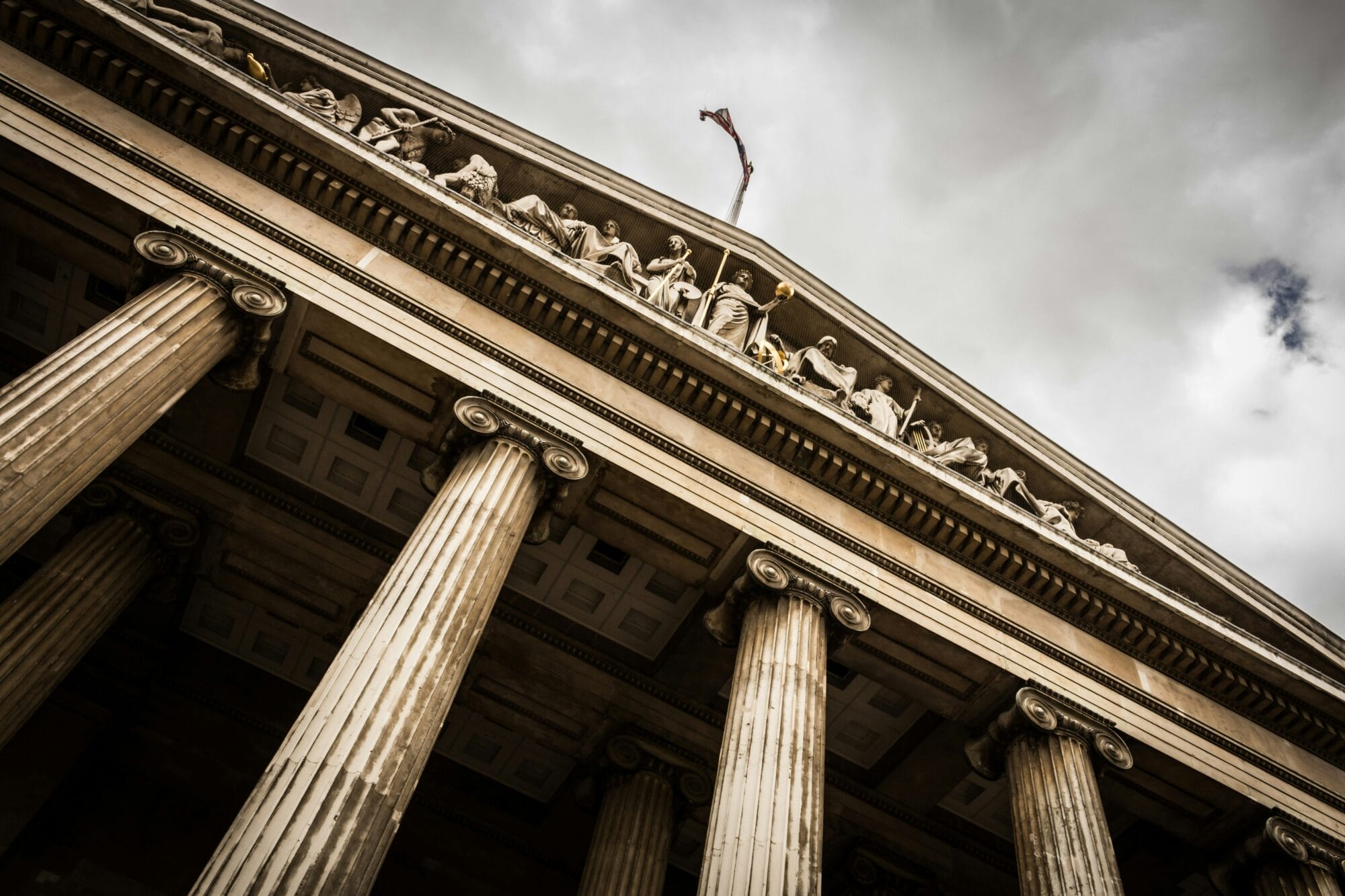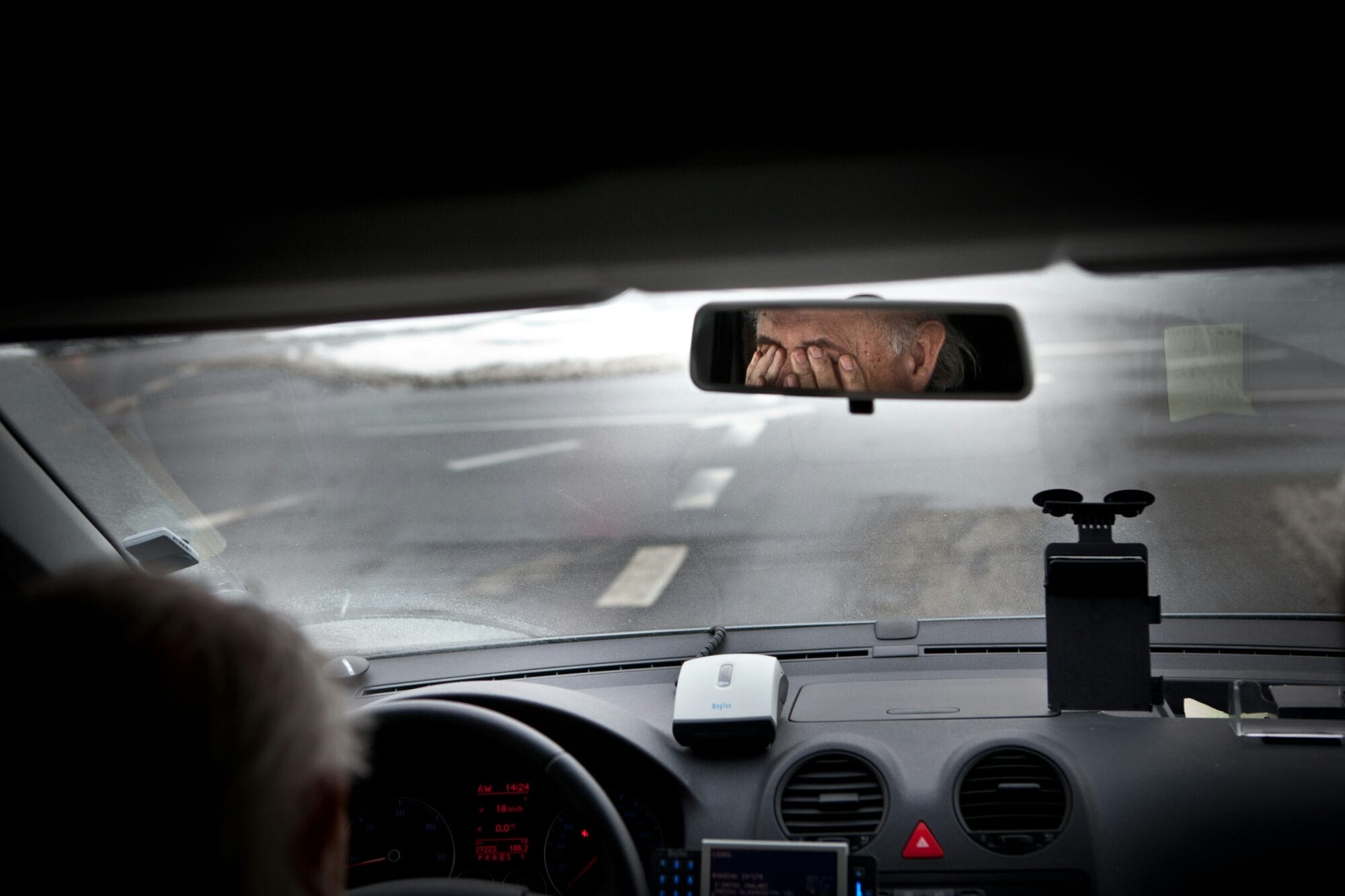Numerous studies and reports document an annual significant increase in traffic accidents during the early evening hours following the autumnal shift from daylight-saving to standard time. While the earlier onset of dusk and a change in the position of the setting sun create visual impairments for both drivers and pedestrians, another major contributing factor to the increased risk of accidents is simply the fact that people aren’t focusing on pedestrian safety. With the time change now upon us, motorists, pedestrians, cyclists, and others should be aware of the increased risk and take greater safety precautions to avoid accidents when traveling around by foot or in a vehicle in the early evening hours.
Why Does Accident Risk Increase After the End of Daylight-Savings Time?
It is much more difficult to navigate roads and sidewalks in darkness than in daylight. Streets are suddenly inky and even pitch black. Overhead lights reflect on the pavement. Pedestrians, cyclists, and others on foot or smaller transportation are much harder to see when it’s dark. Yet drivers do not adjust their approach to driving — and they also have an increased risk of fatigue and drowsiness when driving at night.
Despite the fact that the time change gives everyone an extra hour sleep for one night, the change from driving in daylight to navigating the roads in darkness actually increases the incidence of driver drowsiness and fatigue, which alone leads to more accidents. Coupled with the fact that it’s harder for the driver to see everything around the vehicle — including people — it’s no surprise that the greater risk of accidents includes an increase in pedestrian and cyclist injuries, as well as collisions with other motor vehicles.
Everyone who travels in a motor vehicle, on foot, or on smaller transportation like a bicycle or scooter should take additional precautions as soon as daylight-saving time ends. Being proactive in guarding against the increased risk of collisions is the best way to prevent vehicle and pedestrian accidents.
Pedestrian Safety for Drivers
For motorists, being cognizant of the immediate need to pay more attention when you drive in the early evening hours is an important first step to avoiding accidents after the end of daylight-saving time. To improve your chances of avoiding a collision with another vehicle, pedestrian, or cyclist, you should take the following steps:
- Make certain that your headlights are always on
- Give yourself a little extra time to get to your destination
- Abide by all speed limits, signals, and signs
- Stay a safe distance behind any vehicle in front of you
- Approach intersections and crosswalks with extra care
- Be attentive to fatigue or drowsiness while driving and taking immediate action (like pulling over) if you suddenly feel tired or sleepy
- Refrain from any driving distractions, such as talking on the phone, listening to loud music, or eating food
Drivers who take just a few extra precautions can avoid many of the greater hazards present when driving during the darker early evening hours after the time change. Exercising extra precautions to prevent an accident is important for everyone on roadways and walkways, but it is especially essential for drivers.
Tips for Pedestrians and Cyclists Traveling After Dark
Whether you are walking, running, or riding a bicycle or other smaller means of transportation, traveling around in the early even hours immediately after the end of daylight-saving time requires additional safety measures. Just being aware that drivers will have more difficulty seeing you is a good start, but you need to do more than that. Use good judgment and common sense and take these extra precautions:
- Wear reflective clothing and bright colors that will get you noticed from a distance
- Use only marked pedestrian crossings
- Observe all traffic signals and signs at intersections
- Look all ways when crossing the roadway
- Don’t assume that drivers will yield the right of way, even if the law requires it
- Don’t use earbuds or headphones that prevent you from hearing sounds around you
- Use lights on bicycles and other smaller transportation modes
- Walk or run facing traffic if you’re in an area with no sidewalks
- Pedestrians, bicycle riders, and others need to take these additional steps to protect themselves from accidents and injuries. While all drivers should take extra precautions when traveling in the darker early evening hours, it’s likely that many of them will not.
Free Consultation with Our Experienced Virginia Personal Injury Lawyers
Our Richmond personal injury attorneys at Renfro & Renfro offer a free consultation and case evaluation to pedestrians, bicyclists, motorists, vehicle occupants, and others who received injuries in an accident that may be another person’s fault. We serve clients in the Greater Richmond Region, including in Petersburg and Dinwiddie, and throughout the Commonwealth of Virginia. We welcome you to schedule a consultation by using our online form.






